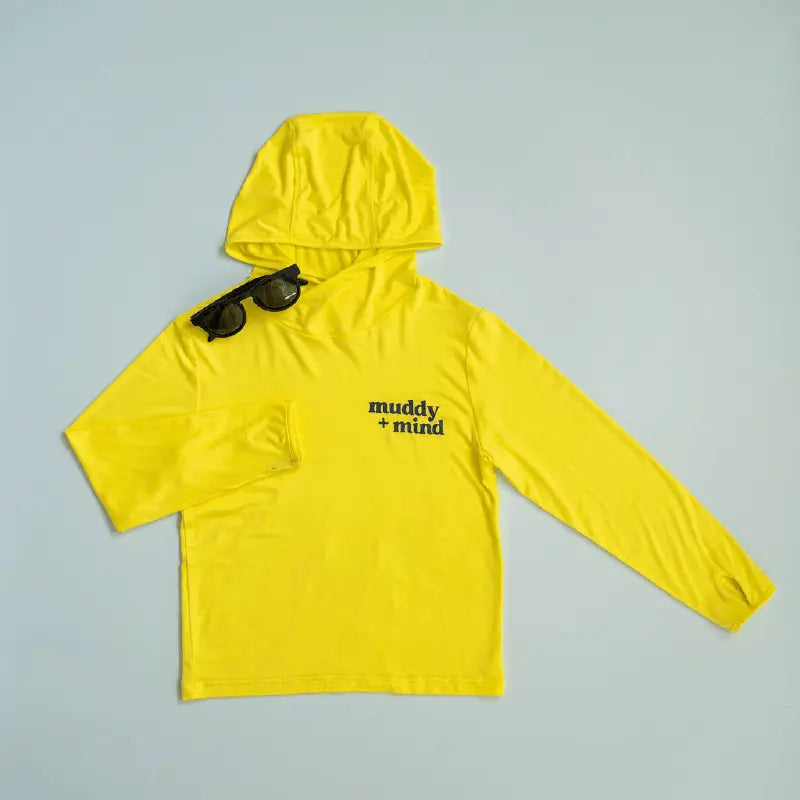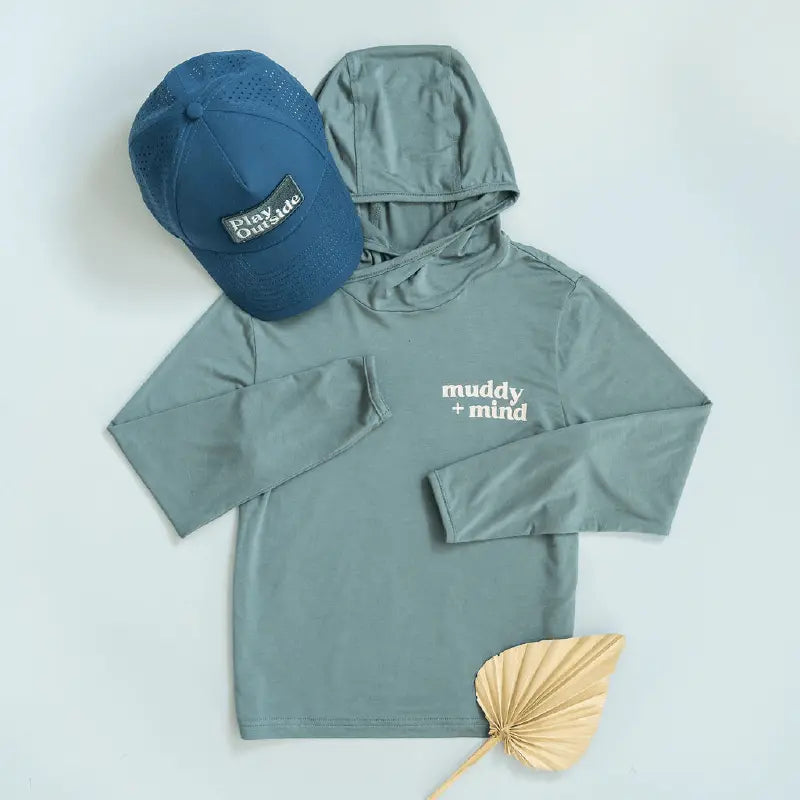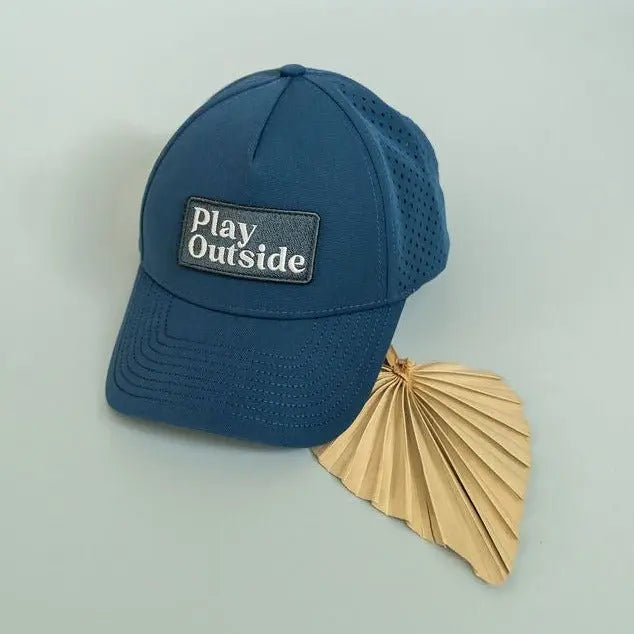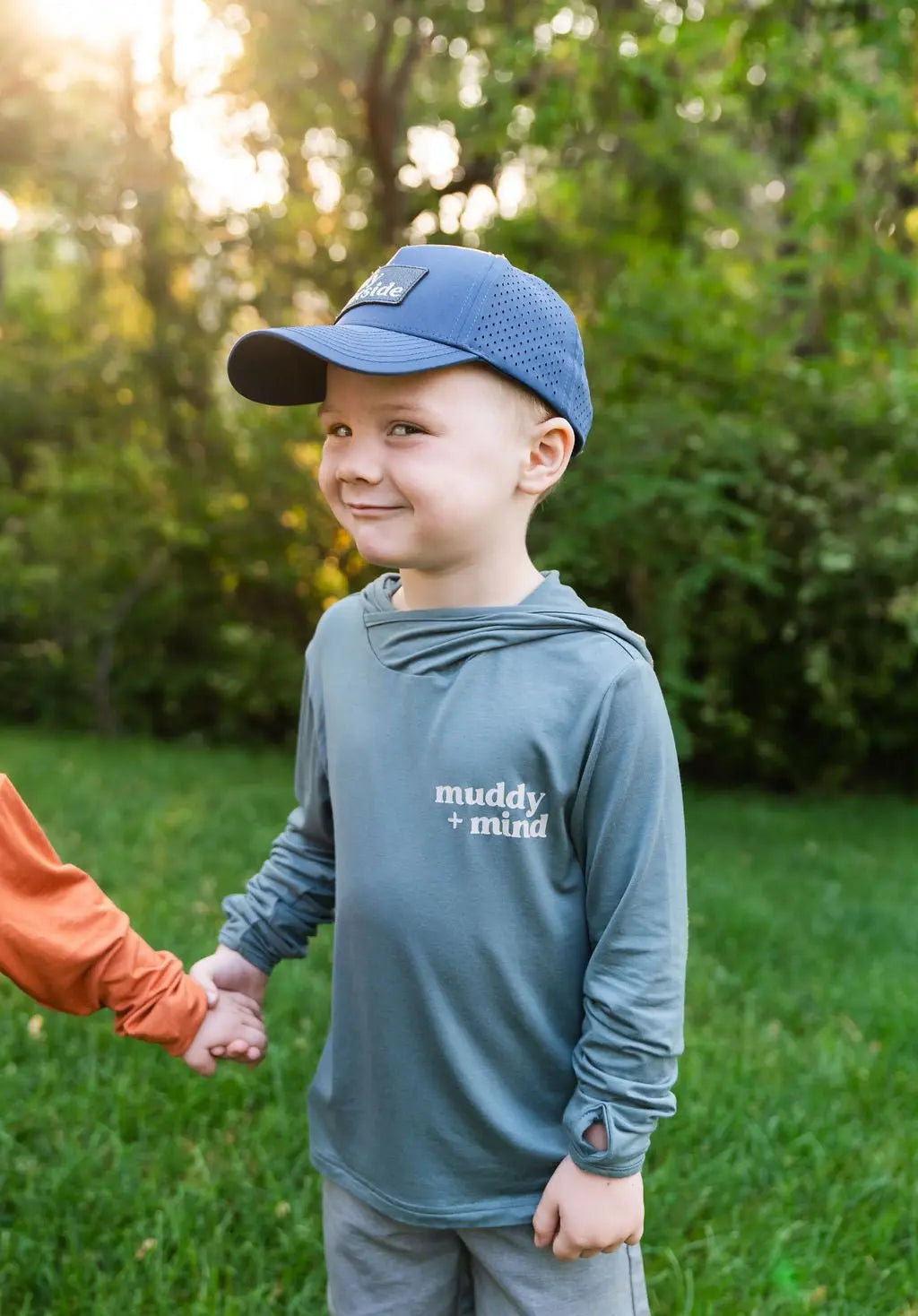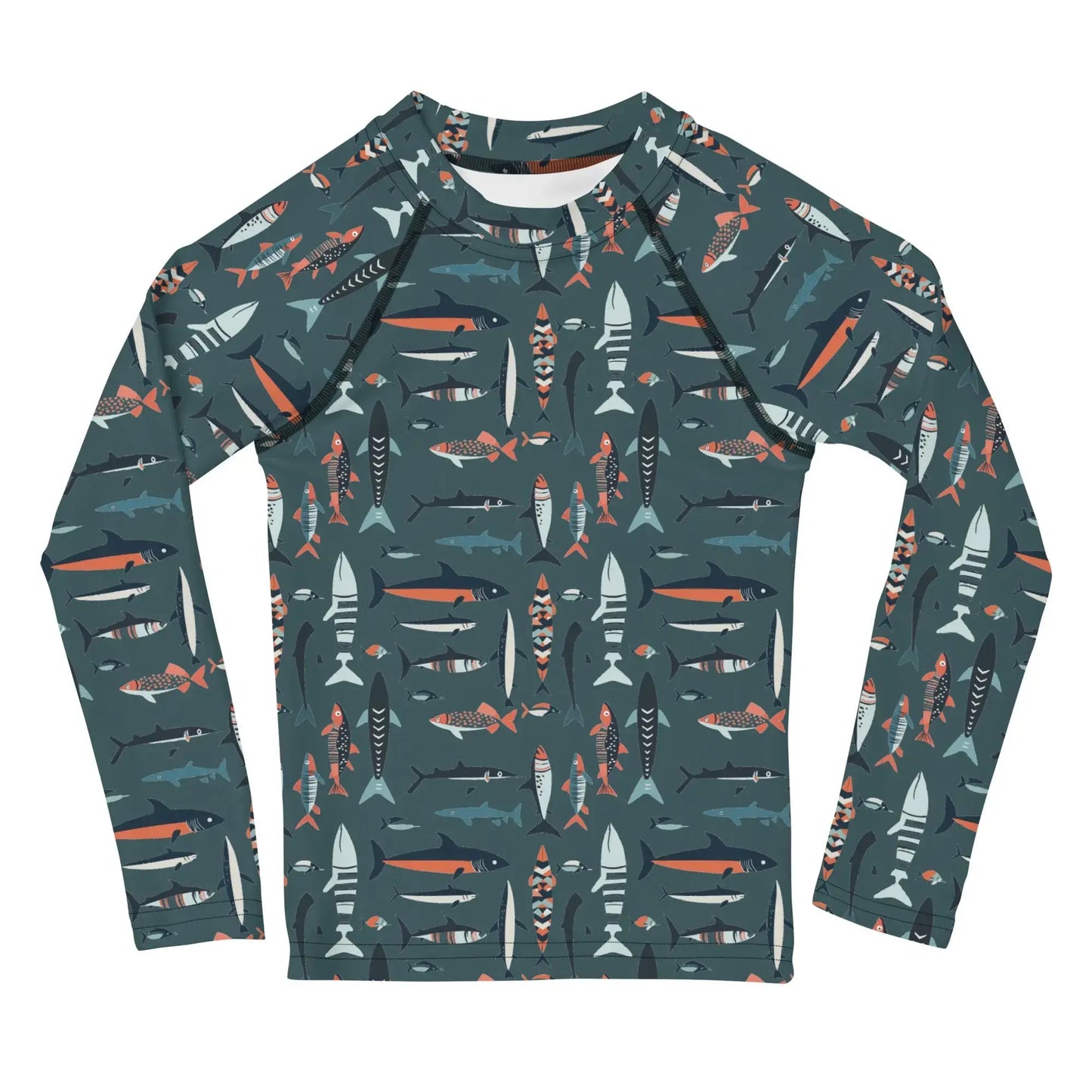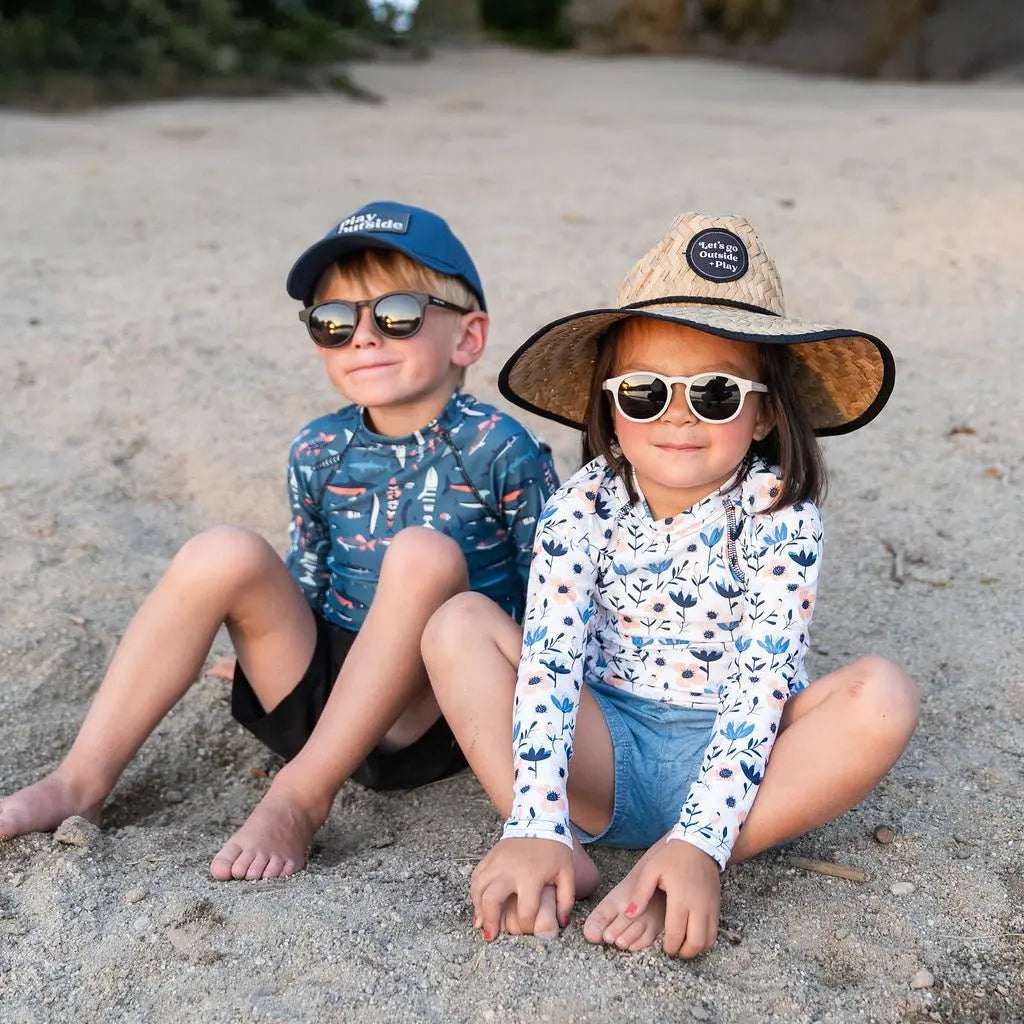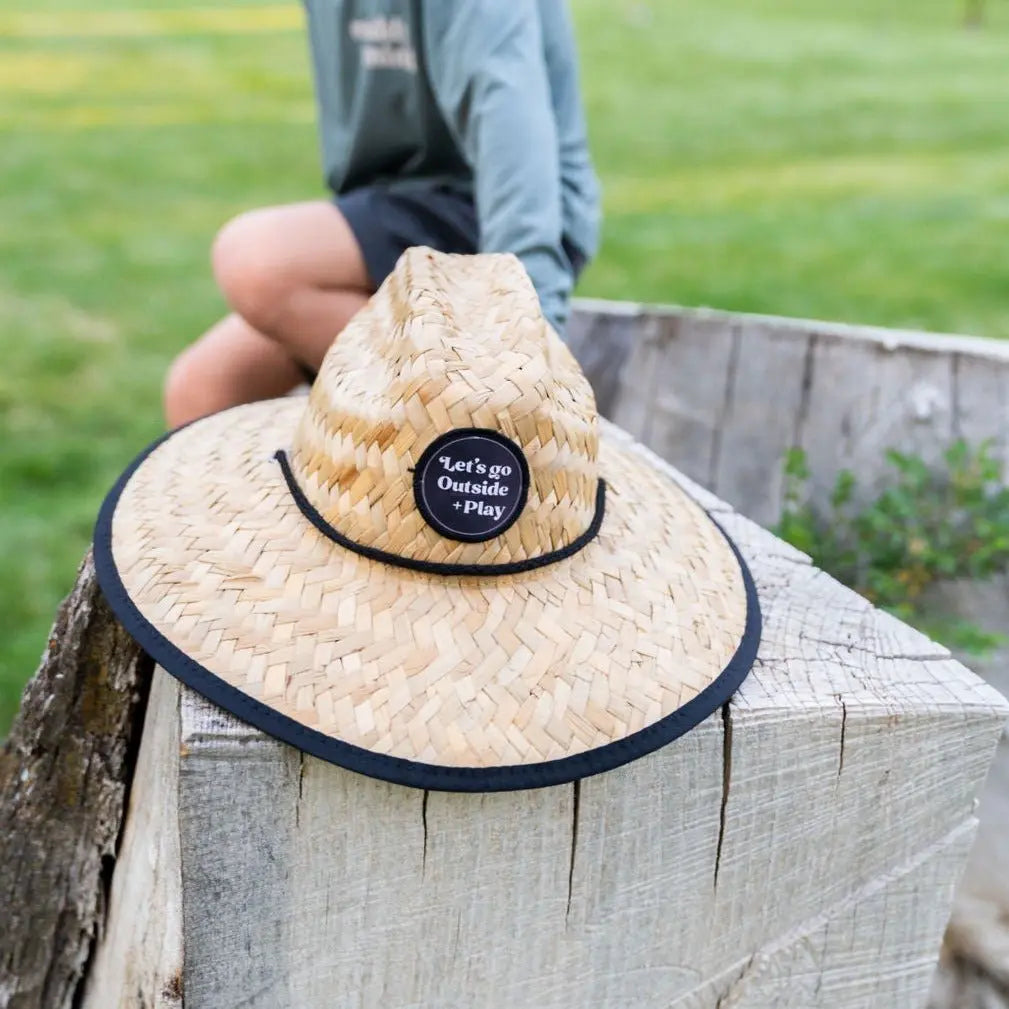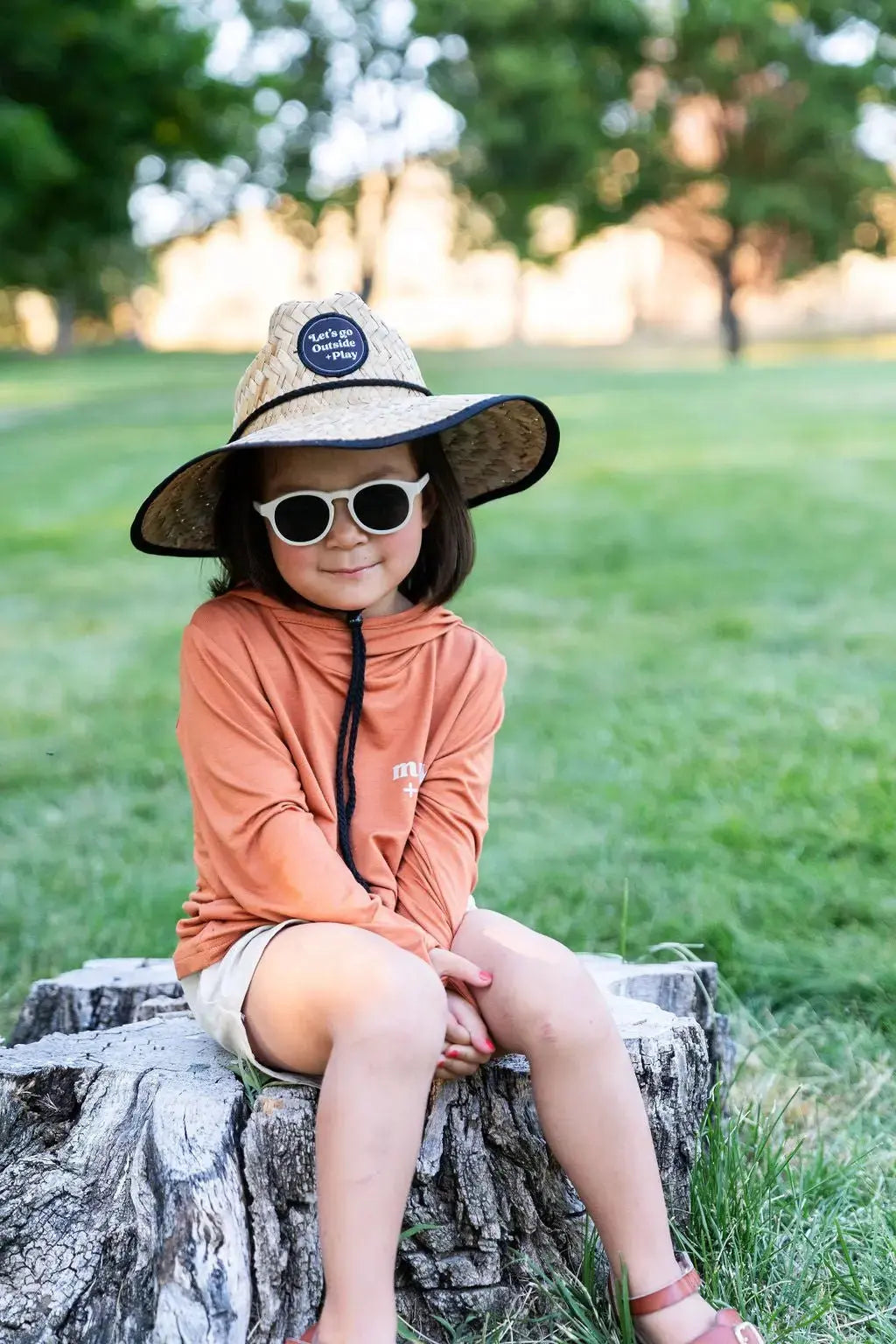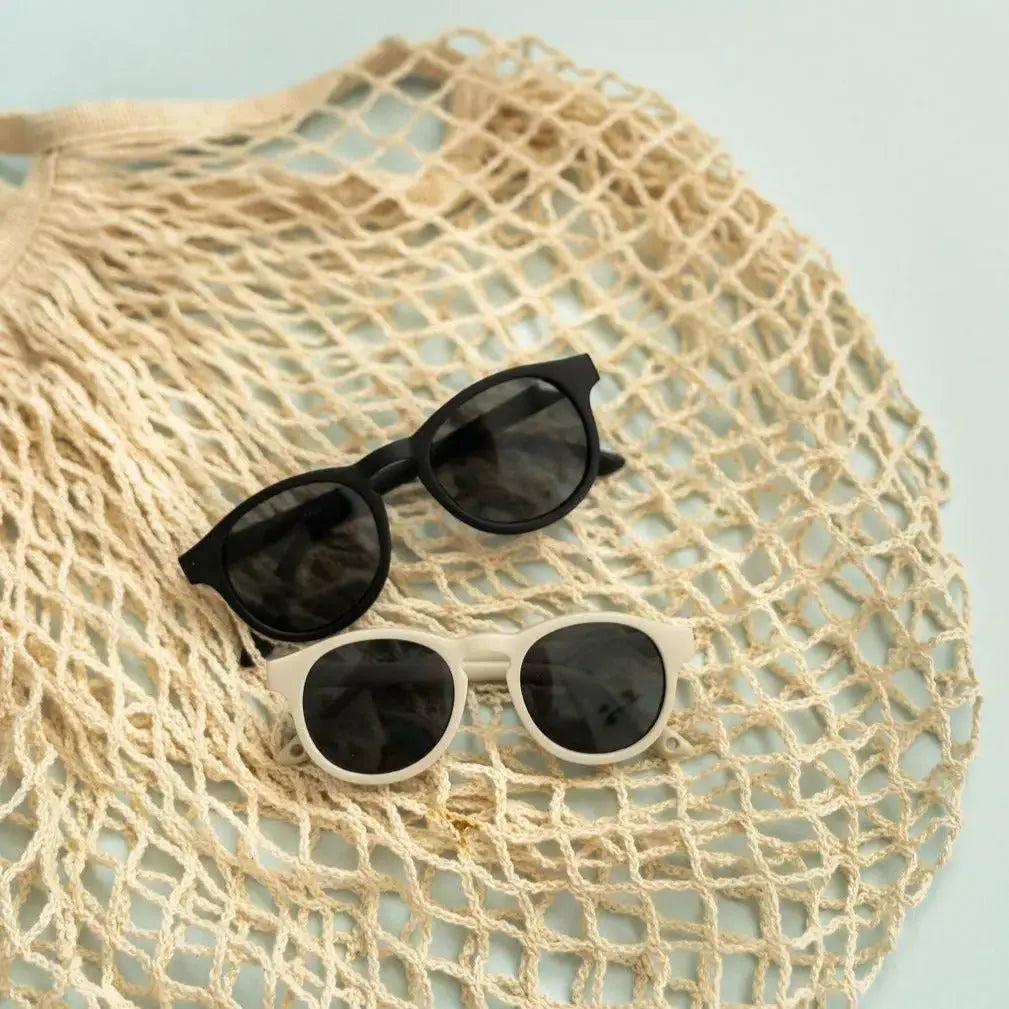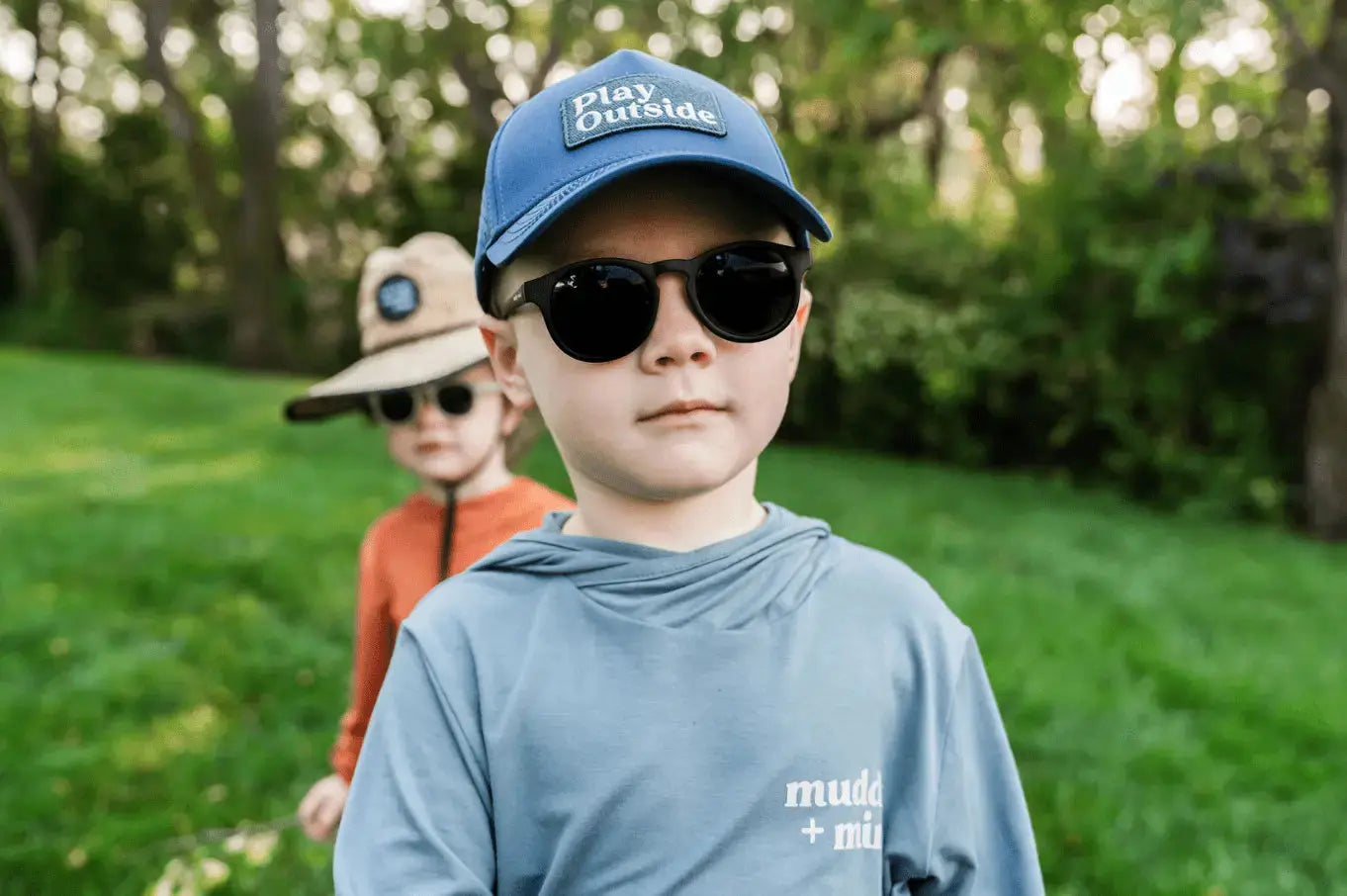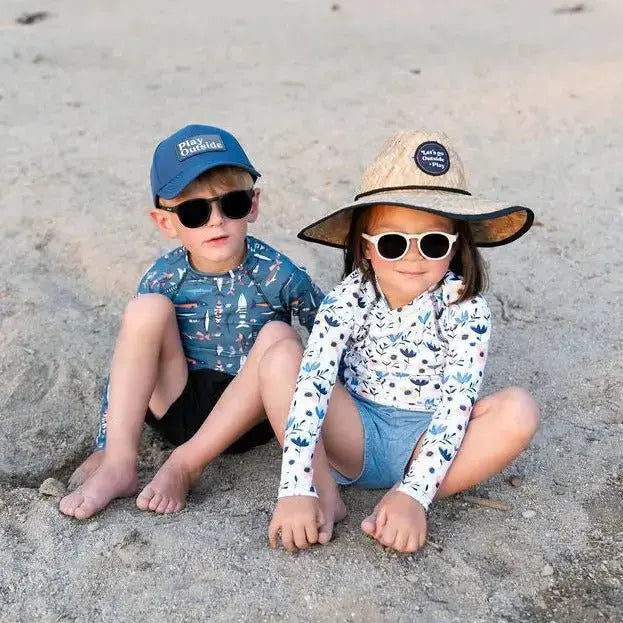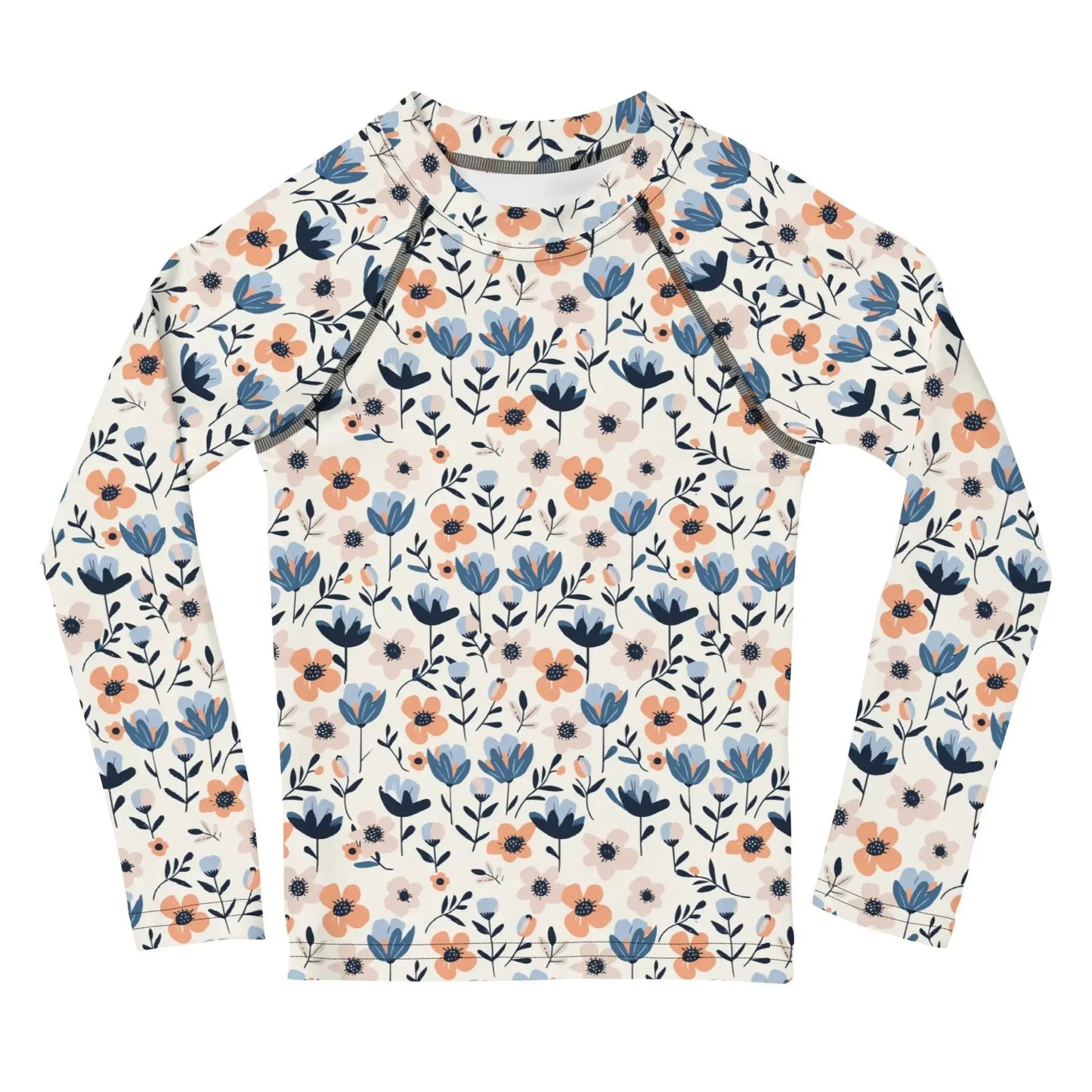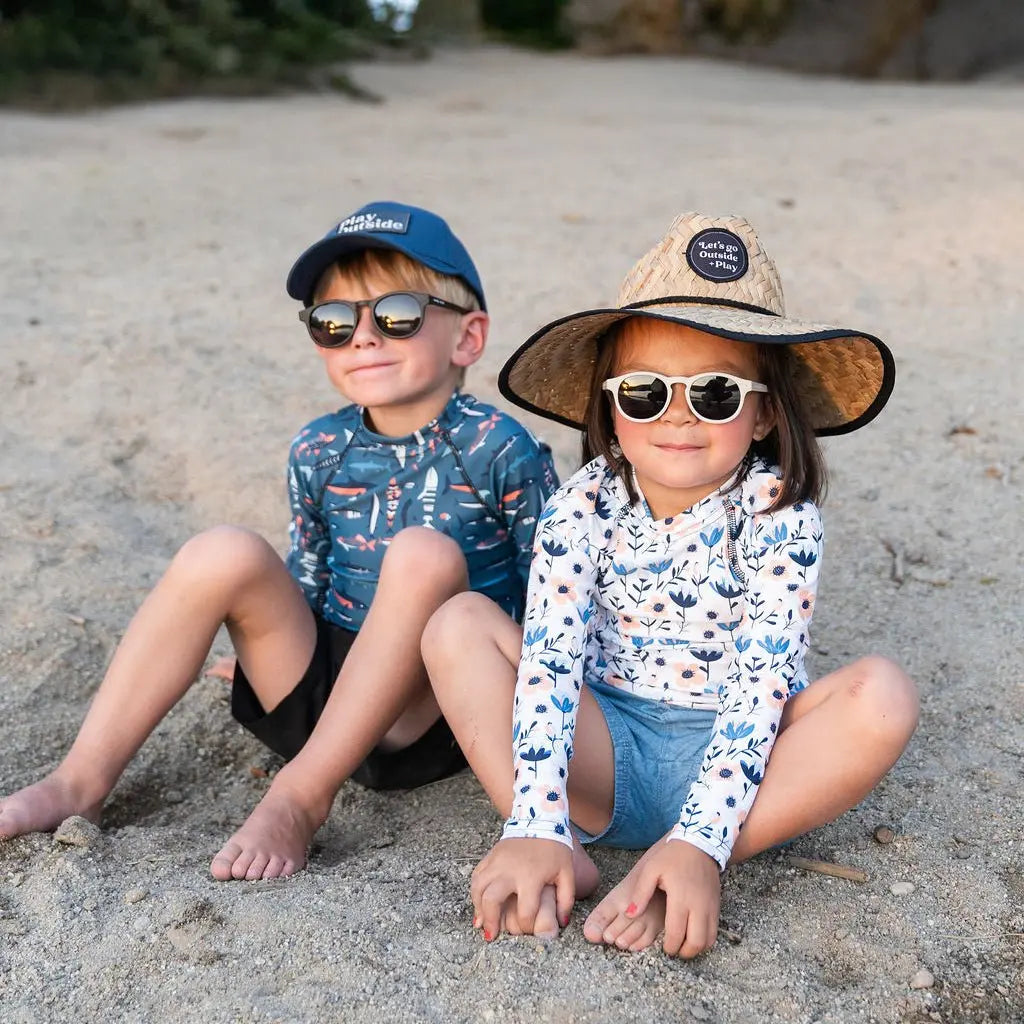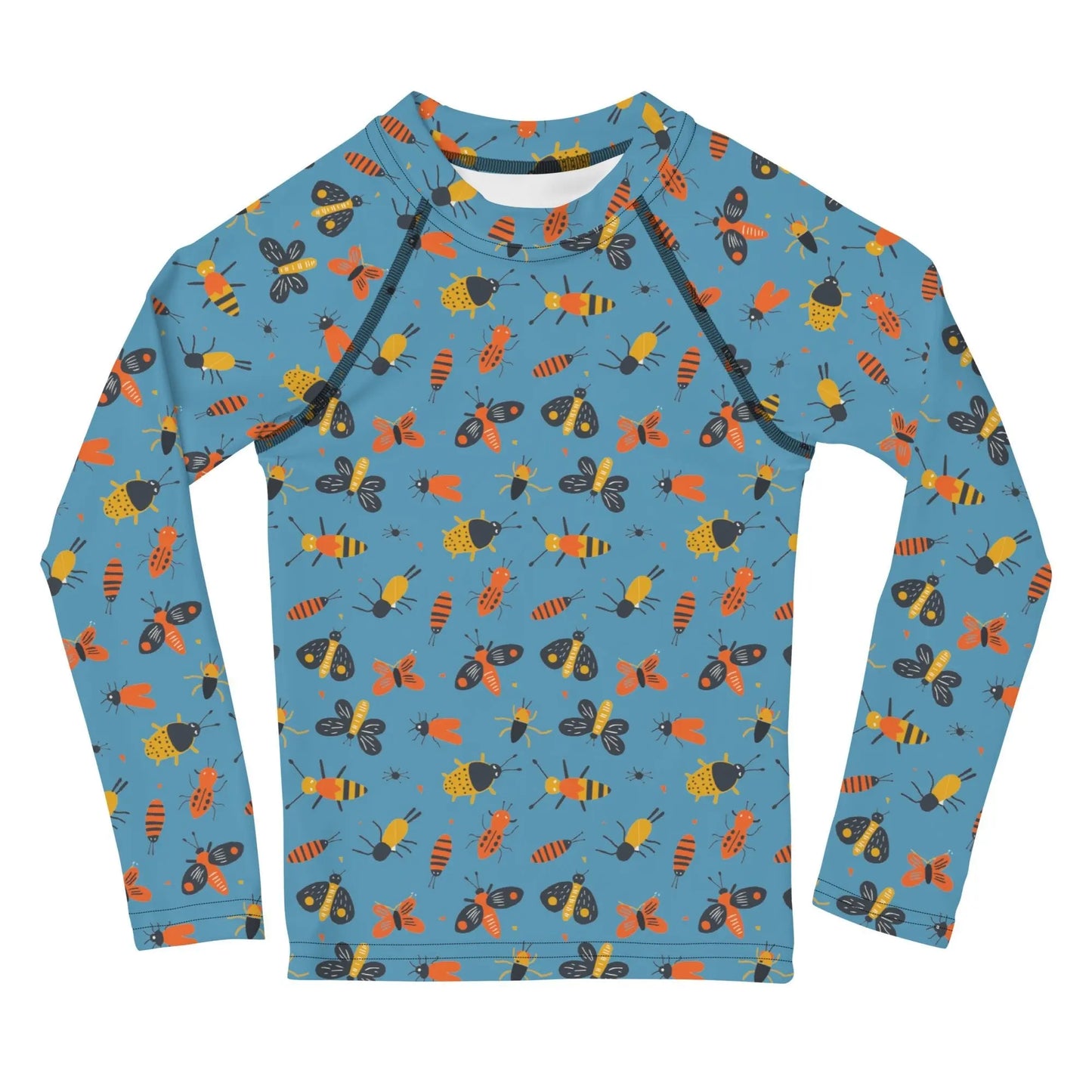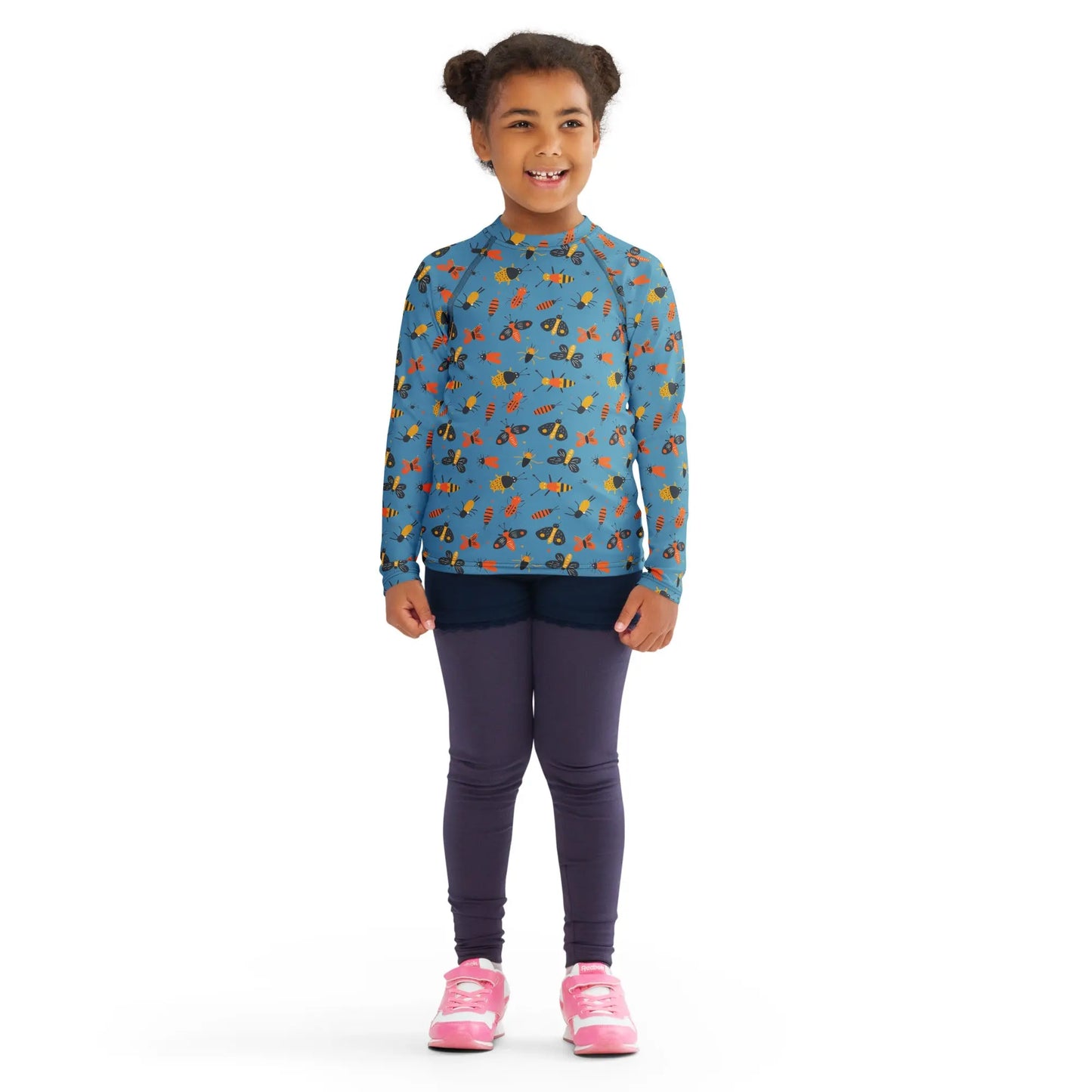Up to 30% off on ONE shirts and Rash guards when you get one for you and one for your little one to match. Automatically applies at checkout.
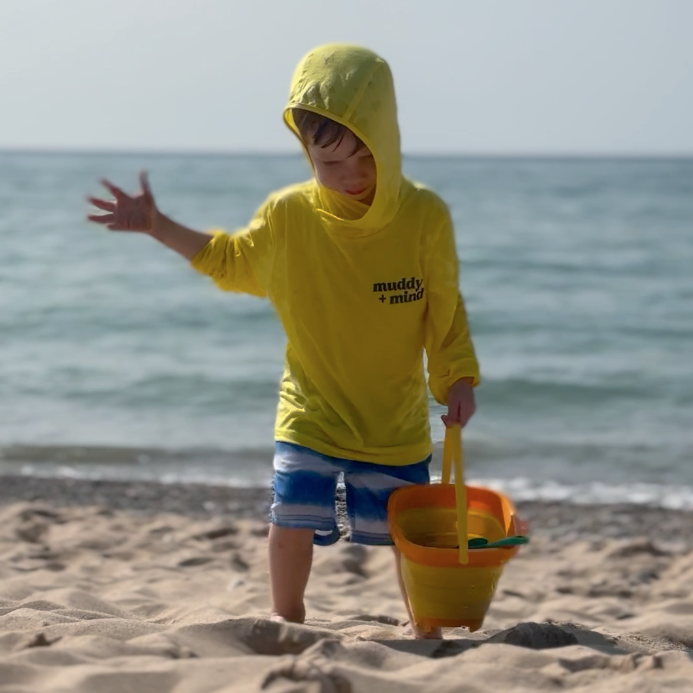
What Does UPF Really Mean? How to Tell if Clothing Is Truly Protective
When I first started researching fabrics for the ONE Shirt, I saw “UPF 50+” everywhere. It sounded impressive, but I realized most parents didn’t actually know what that number meant, or how to tell if it was legitimate.
The truth is, UPF (Ultraviolet Protection Factor) is one of the most important yet misunderstood features in sun-safe clothing. Here’s what it really means, how it’s measured, and how to be sure the clothes you buy are doing their job.
UPF vs. SPF: What’s the Difference?
SPF measures how well a sunscreen protects your skin from UVB rays, which cause sunburn.
UPF, on the other hand, measures how much of both UVA and UVB radiation can pass through fabric.
- A UPF 50+ rating means the fabric blocks 98% of UV rays, allowing only 2% to reach your skin.
- UPF 30 blocks about 96%, and UPF 15 about 93%.
So while sunscreen protects bare skin, UPF clothing protects everything it covers, constantly, without reapplying.
How UPF Is Tested
True UPF clothing undergoes standardized lab testing, typically following ASTM D6603 or AS/NZS 4399 guidelines.
Testers expose fabric samples to simulated sunlight, measure how much UV passes through, and grade them accordingly.
Fabric factors that affect UPF:
- Fiber type: tightly woven polyester, nylon, bamboo viscose, and wool perform best
- Color: darker shades absorb more UV radiation
- Weight and thickness: heavier fabrics generally protect more
- Moisture: wet fabrics lose protection unless engineered to resist it
For more on official testing standards, see the Skin Cancer Foundation’s guide to UPF ratings.
Why the ONE Shirt Earned Its UPF Rating
Our ONE bamboo sun shirt is made with a tightly knit bamboo viscose blend that’s naturally protective.
Unlike chemical-coated fabrics that can lose protection with washing, bamboo fibers maintain their UPF integrity through hundreds of wears.
Parents love it because it:
- Protects year-round (as a base layer in winter or stand-alone in summer)
- Keeps kids cool and dry thanks to thermo-regulating fibers
- Feels buttery soft for sensitive skin
UPF protection doesn’t have to feel stiff, synthetic, or heavy.
Spotting True UPF Clothing (and Avoiding Imitations)
Before you buy, check for:
- Certified UPF label (look for “UPF 50+” tested per ASTM or AS/NZS standards)
- Manufacturer details about fiber type and weave
- Consistency: every color and size should carry the same rating if tested properly
- Transparency: reputable brands publish testing methods or certifications
If a brand doesn’t specify how the rating was achieved—or claims protection without numbers, it’s likely untested marketing.
How to Care for UPF Fabrics
To preserve protection:
- Wash in cold water with mild detergent
- Skip fabric softeners and bleach
- Air-dry or tumble on low
- Avoid stretching the fabric when wet
Proper care helps maintain the fiber structure that blocks UV rays.
UPF Protection in Everyday Life
Even when you’re not at the beach, UV rays are active, especially between 10 a.m. and 4 p.m.
We wear our ONE shirts for:
- School pickup and playgrounds
- Hiking and fishing days
- Ski trips (as winter base layers)
Because UPF protection matters year-round, not just on summer vacations.
Love,
Adriana
Founder of Play Outside

